When it comes to blue cheese, I haven't found one that I don't like. I enjoy their bold and unique flavors. Even though they all have that unmistakable blue cheese tang, each kind has its own special flavors based on things like the type of milk used and how it's aged.

I've also discovered that blue cheeses are not just great for snacking with crackers and fruit, but they can make dishes taste even better when used in cooking. Their strong flavors can enhance and stand out against other ingredients.
Jump to:
- Blue Cheeses Go Well with a Variety of Foods
- Cooking with Blue cheese
- Five of my favorite blue cheeses:
- Get to Know these Blue Cheeses
- How to Store Blue Cheese
- Blue Cheese FAQs
- 10 Easy Ways to Use Blue Cheese
- Cheesy Recipes to Try
- Sign-up for The Flavor Journal Newsletter and Get a Free e-book!
- Let's connect!
Blue Cheeses Go Well with a Variety of Foods
They work especially well with plain and starchy foods like potatoes, pasta, and polenta. They also pair nicely with beef, adding extra flavor to dishes like grilled steak, hamburgers, and roasts. Blue cheeses can even be used in salads, like the classic Cobb salad with smoked turkey, avocado, bacon, lettuce, tomato, and blue cheese. Because blue cheeses are creamy and salty, they also complement the bright flavors of many vegetables and fruits.
Cooking with Blue cheese
When cooking with blue cheese, it's important to be gentle with the heat. Blue cheeses have a lot of fat, so they act more like creamy butter than regular cheese when heated. If the heat is too high, the cheese can break and leave oily puddles in your dish. So, it's best to gently melt the cheese instead of cooking it. If you're making a cream sauce, take it off the heat and stir in bits of cheese until melted.
It's crucial to choose good-quality blue cheese, especially when cooking, as the cheese's strong taste becomes even more pronounced when heated. Avoid using cheap, commercially produced blue cheeses, as they may not have the best flavor.
One tip for cooking with blue cheese is to maintain the veined look. When making a sauce or dressing, puree only part of the cheese and fold in crumbled bits at the end. This way, you'll have attractive bits of blue in your dish instead of a uniform grayish sauce.
Five of my favorite blue cheeses:
Roquefort (France): Made from sheep's milk, Roquefort has a crumbly texture with greenish-blue veins. Avoid Roquefort with excess moisture leaking from it.

Gorgonzola (Italy): There are two varieties - Mountain (aged) and Dolce (sweet). Mountain Gorgonzola is crumbly and best served unheated, while Dolce Gorgonzola is sweet and mild, great for cooking.

Cabrales (Spain): Made from a blend of goat's, sheep's, and cow's milk, Cabrales is piquant and creamy with deep veining of mold. Avoid if the interior is turning gray.
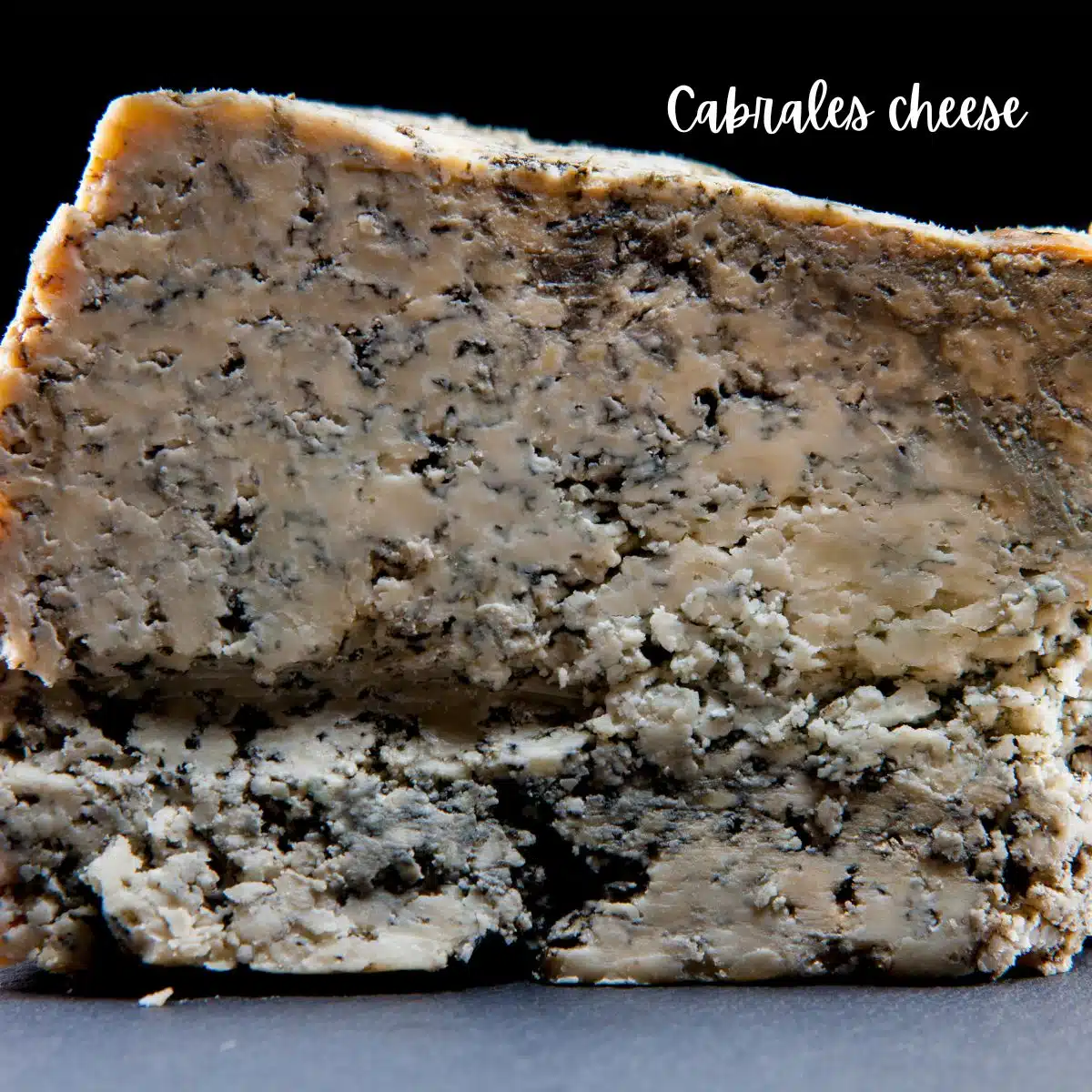
Stilton (England): Made from cow's milk, Stilton has fine veins of mold in a radial pattern. Good Stilton has a dry, rough rind and a creamy interior with plenty of blueing.

Maytag Blue (United States): A sharp, biting, salty flavor with a crumbly texture, ideal for dips and sauces.

Get to Know these Blue Cheeses
One of the best ways to familiarize yourself with the characteristics of different blue cheese varieties is to hold a comparative tasting. Buy samples of some or all of the cheeses from this story and taste them at the same time: The differences and similarities will be clear. You'll want to have some water on hand to cleanse your palate between cheeses.
And to make it more fun, try tasting the cheeses along with their classic flavor partners:
- Stilton with port and walnuts
- Gorgonzola with pears
- Roquefort with Sauternes wine and a French baguette
- Cabrales with red grapes or figs
- May tag with apples or celery
How to Store Blue Cheese
Blue cheese needs to breathe to stay fresh. Use aluminum foil, parchment paper, or a loose zipper-lock bag for wrapping. Some experts suggest using parchment paper first and then covering it with aluminum foil. Keep it in a very cold place to slow down its ripening process.
Blue Cheese FAQs
Blue cheeses, with their active molds and higher moisture levels, don't last as long as cheeses like cheddar or Parmesan. It's best to buy only what you'll use soon. When getting blue cheese, avoid wedges with too much moisture in the packaging, as it suggests the cheese is not fresh
The cheese should not have new mold or look significantly different from when you bought it. Don't eat blue cheese with pink or black mold, a fuzzy coating of mold around it, or excess moisture at the bottom. If it starts having strong medicinal or perfumy flavors, it might be past its prime.
Yes, blue mold spores can travel through the air and affect other nearby cheeses. This is true for cheeses like Brie and Camembert as well. It's fine to keep different cheeses in the same drawer, just ensure they are properly wrapped, and never use a wrapper that once held blue cheese for cheddar or goat cheese.
10 Easy Ways to Use Blue Cheese
- Simple Salad Upgrade: Crumble blue cheese on top of your favorite salad for a burst of tangy flavor. It pairs well with mixed greens, nuts, and fruits like apples or pears.
- Gourmet Grilled Cheese: Make a delicious grilled cheese sandwich by adding a layer of blue cheese. It melts beautifully and adds a rich, savory twist to the classic sandwich.
- Bold Burger Topper: Elevate your burgers by topping them with crumbled blue cheese. The creamy and tangy notes will complement the savory meat.
- Quick Pasta Sauce: Create a quick and flavorful pasta sauce by melting blue cheese into a mixture of butter, cream, and your favorite herbs. Toss it with cooked pasta for a simple yet decadent dish.
- Fruity Cheese Board: Arrange slices of blue cheese on a cheese board with fresh or dried fruits, nuts, and crackers. It's a perfect addition to a party platter.
- Stuffed Mushrooms: Mix blue cheese with breadcrumbs and herbs to create a delicious stuffing for mushrooms. Bake until golden and enjoy these savory bites.
- Blue Cheese Dip: Blend blue cheese with sour cream or Greek yogurt, add a touch of garlic and herbs, and you've got a flavorful dip for veggies, chips, or pretzels.
- Gourmet Pizza Topping: Sprinkle crumbled blue cheese on your homemade or store-bought pizza for a gourmet twist. It pairs exceptionally well with caramelized onions or figs.
- Steak or Chicken Topping: Amp up the flavor of grilled steak or chicken by adding a pat of blue cheese butter. Simply mix softened butter with crumbled blue cheese and a pinch of your favorite herbs.
- Blue Cheese Dressing: Make your own creamy blue cheese dressing by combining mayonnaise, sour cream, crumbled blue cheese, and a dash of vinegar. Drizzle it over salads or use it as a dip for veggies.
Cheesy Recipes to Try
Sign-up for The Flavor Journal Newsletter and Get a Free e-book!
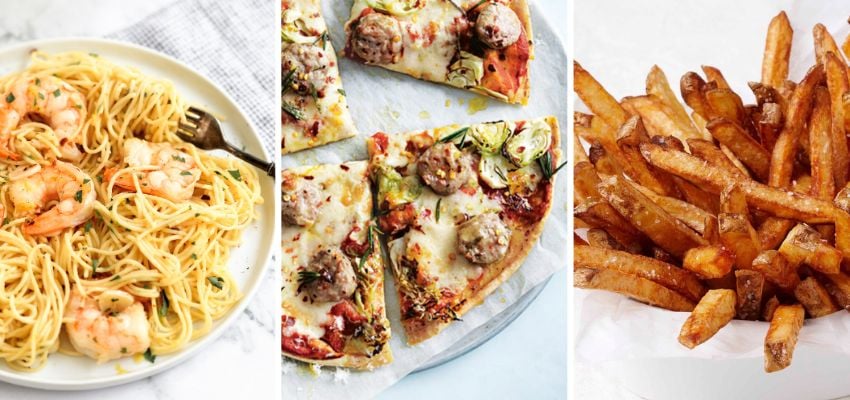
Let's connect!
Be sure to FOLLOW US on FACEBOOK, INSTAGRAM, TIKTOK, and PINTEREST Many thanks!


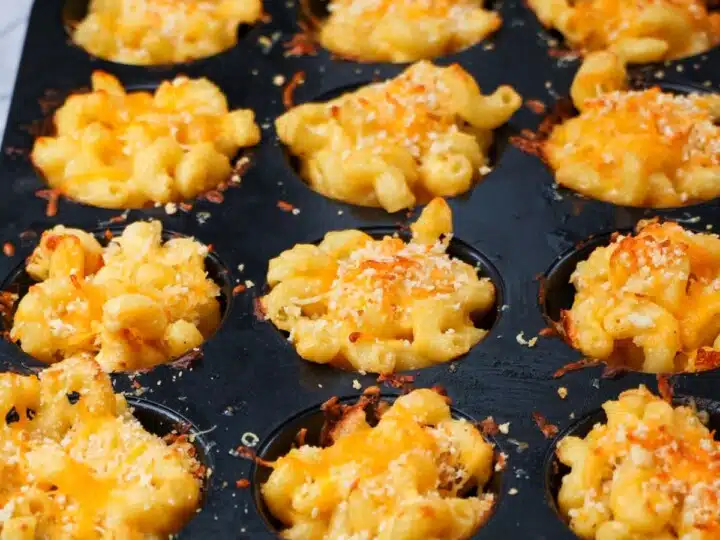
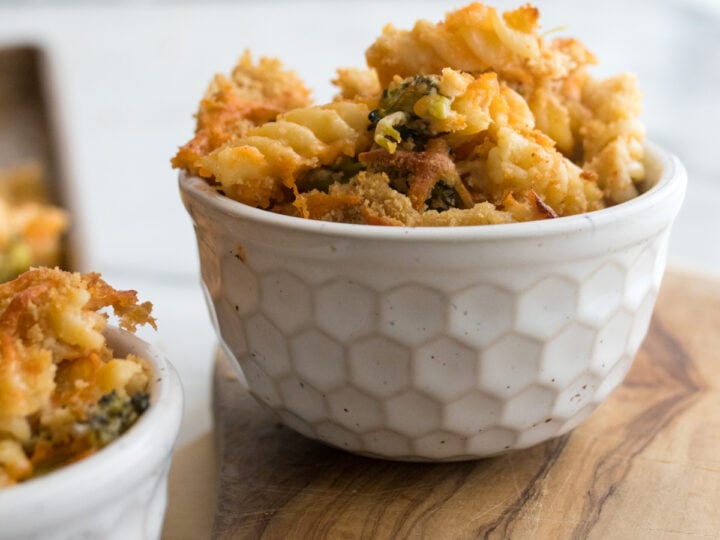
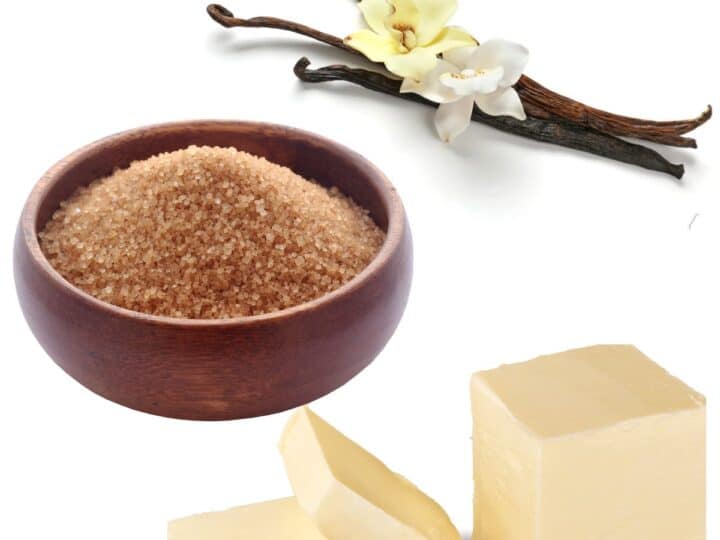
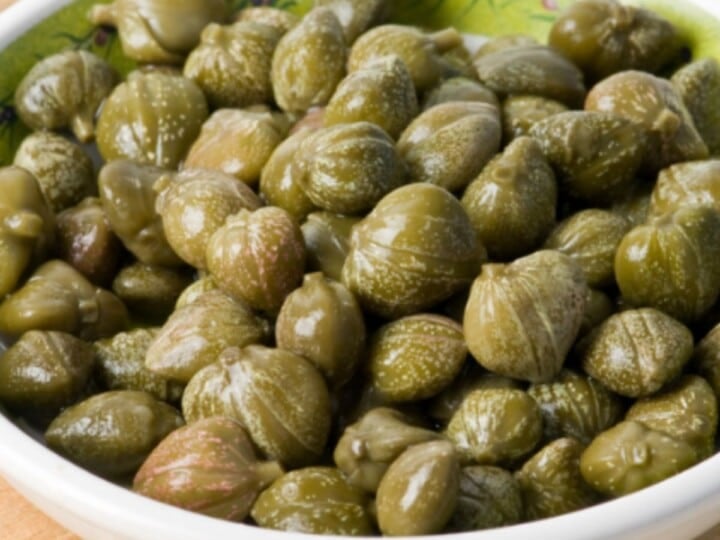
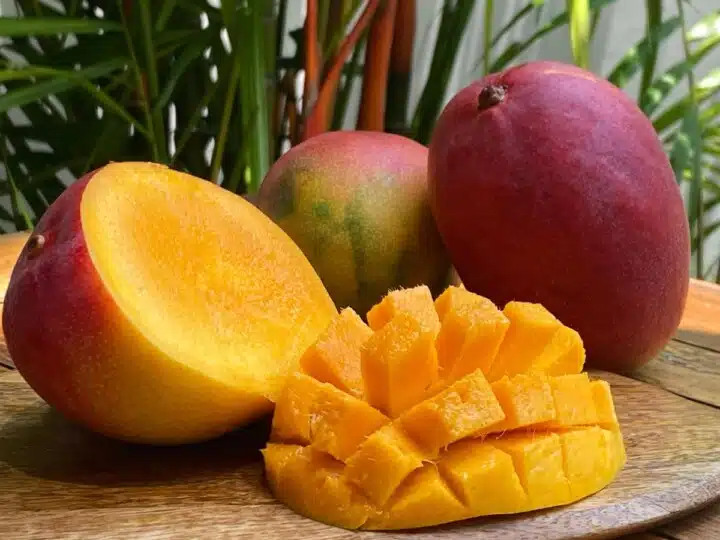
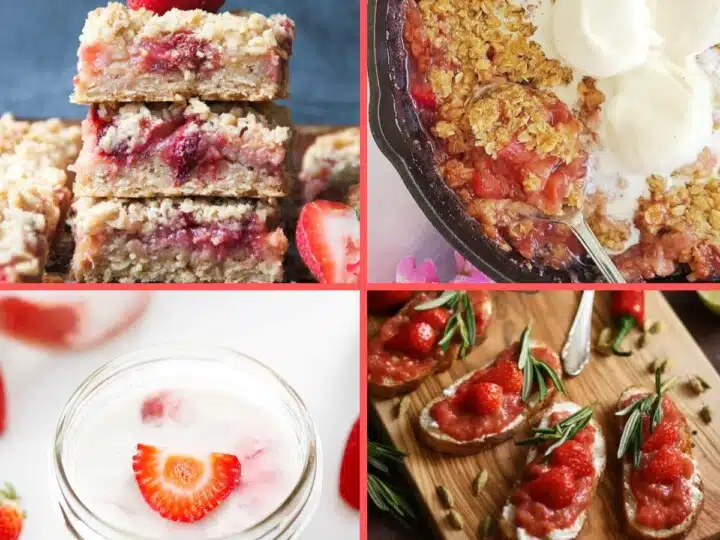
Leave a Comment